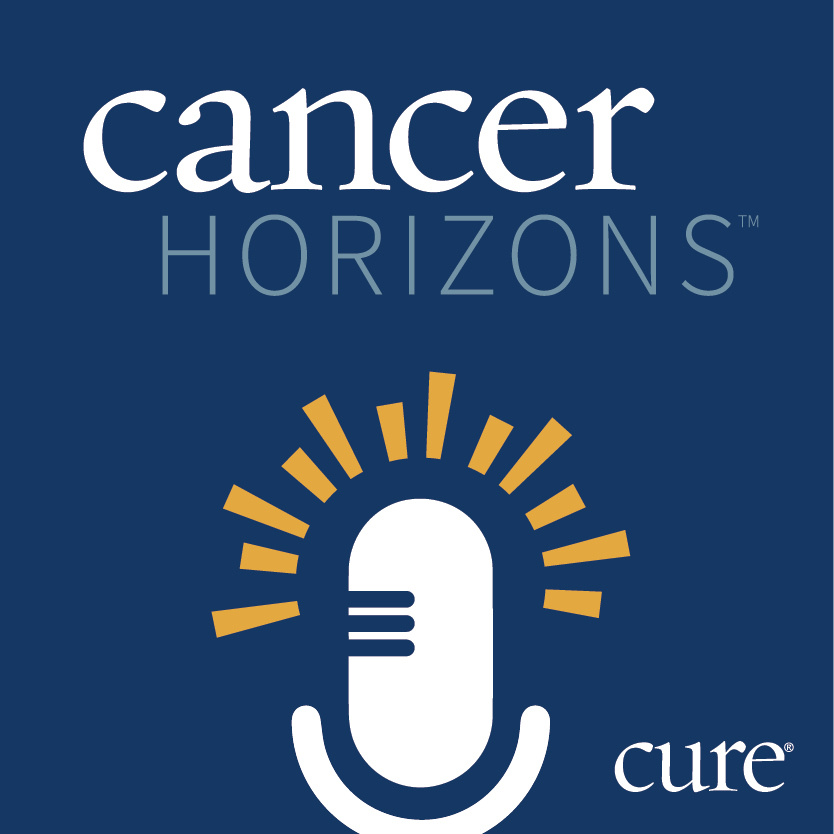Video
There’s ‘Unmistakable Momentum’ in MPN Advances, Expert Says
Author(s):
Dr. Naveen Pemmaraju outlines three reasons why he feels that there is “a momentum that’s unmistakable,” in the field of myeloproliferative neoplasms.
Recent years have brought a “momentum that’s unmistakable” regarding developments for myeloproliferative neoplasms (MPNs) — a rare group of blood cancers —explained Dr. Naveen Pemmaraju, associate professor of medicine at The University of Texas MD Anderson Cancer Center in Houston.
“I bring a note of optimism and hope to our patients, their caregivers and families, not just because I'm in this field, and I live and breathe all this stuff every day, but because finally now, we have a momentum that's unmistakable,” Pemmaraju said.
According to Pemmaraju, there are three factors contributing to this momentum: an increase in late-stage, global clinical trials; the advent of new diagnostic tests and molecular discoveries, many of which were presented at the ASH Annual Meeting in December; and the ability for patients, caregivers, researchers and clinicians to connect via social media.
READ MORE: How to Find Reliable Cancer Information Online
Transcript
I bring a note of optimism and hope to our patients, their caregivers and families, not just because I'm in this field, and I live and breathe all this stuff every day, but because finally now, we have a momentum that's unmistakable. I think it's represented in three major ways.
One is the preponderance of clinical trials, many of which are global. So, we're running it across countries across the world. Phase 2 and phase 3 trials, which are in the later stages of development. That's super exciting. And despite the COVID pandemic, we've actually continued and increase those clinical trials — that's a big shout out to everybody who has been a part of that, (in) particular patients and families.
Number two, it is the advent of new diagnostic tests, new molecular discoveries in the lab, some of which we'll hear during the ASH meeting.
And then number three, it's what you mentioned earlier, it's the ability of all of us to communicate through Twitter, social media, through email, through teleconference, Zoom calls, whatever it is. And again, I have to come back to the pandemic because my goodness, the ability to connect and our necessity to connect was really manifested during this last three years. And so, in-person meetings and conferences are wonderful, they're necessary, but we have to keep the science going with to keep the momentum going and to keep the enthusiasm going. And boy, we have that in the MPN field now.
For more news on cancer updates, research and education, don’t forget to subscribe to CURE®’s newsletters here.




